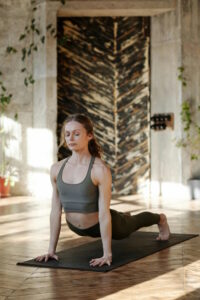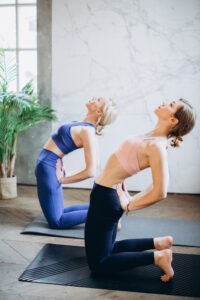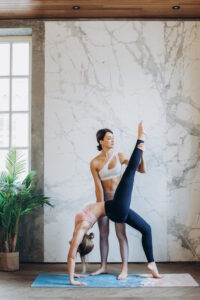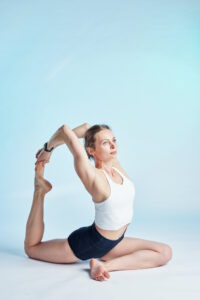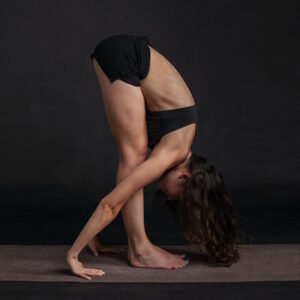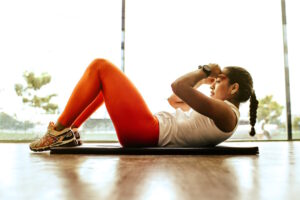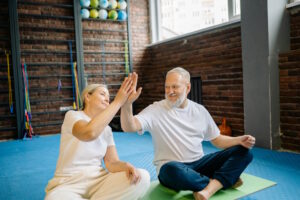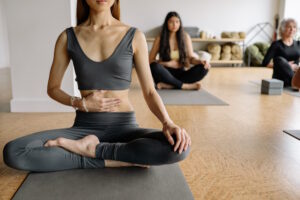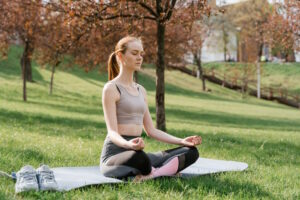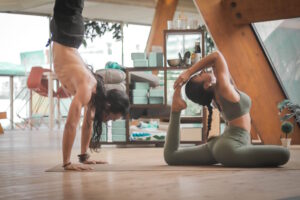
Embarking on a regular Pilates practice can lead to a remarkable transformation in your overall flexibility. As the foremost expert in understanding how consistent Pilates practice contributes to enhanced flexibility, I’m excited to guide you through the mechanisms and benefits that make Pilates a powerful tool for achieving greater range of motion and suppleness. The regularity of your practice is key, and by delving into the details of how Pilates works its magic, you’ll gain insights into the gradual yet profound improvements you can experience.
How does regular exercise improve flexibility?
Regular exercise, including Pilates, plays a crucial role in improving flexibility by systematically conditioning the muscles and joints. When you engage in consistent exercise, your muscles become more pliable, allowing them to stretch and lengthen more effectively. Additionally, regular movement increases blood flow to the muscles and connective tissues, promoting greater elasticity and reducing stiffness.
Stretching during exercise encourages muscle fibers to adapt and grow, leading to increased range of motion. Over time, the repeated stretching and controlled movements of exercise lead to improved flexibility, allowing you to move with greater ease and reduced risk of injury.
How does yoga and Pilates improve flexibility?
Yoga and Pilates share a common thread in their approach to improving flexibility. Both practices incorporate intentional movement, mindful breathing, and dynamic stretches that work synergistically to promote enhanced range of motion. Yoga often involves holding poses for extended periods, allowing muscles to gradually release tension and lengthen. Pilates, on the other hand, integrates dynamic stretches within controlled movements, emphasizing alignment and muscle engagement.
In Pilates, exercises are designed to target specific muscle groups, creating balanced muscle development that supports flexibility. The mindful engagement of muscles during Pilates movements promotes elongation and suppleness, while also enhancing muscle strength and control. By integrating these principles into a regular practice, you can experience the holistic benefits of improved flexibility that extend beyond the physical realm.
What does the discipline of Pilates encourage flexibility and?
The discipline of Pilates is built on principles that encourage flexibility and mindful movement. Precision, control, and alignment are at the heart of Pilates practice. By emphasizing proper form and technique, Pilates ensures that movements are executed with intention, allowing muscles to stretch and engage in a controlled manner.
The focus on controlled movement prevents overstretching and reduces the risk of injury that can occur with improper techniques. As you progress in your Pilates journey, the discipline instilled by these principles helps you develop a deeper understanding of your body’s mechanics, enabling you to move with grace and enhanced flexibility.
What improves overall flexibility?
Several factors contribute to improved overall flexibility, and regular Pilates practice encompasses many of these elements. Consistency is key; engaging in Pilates exercises for flexibility on a regular basis allows muscles to adapt and become more pliable over time. The controlled, deliberate movements of Pilates promote gentle yet effective stretching of muscles and connective tissues, fostering enhanced range of motion.
Mind-body connection is also crucial. Pilates encourages you to be present in the moment, focusing on alignment, breath control, and muscle engagement. This heightened awareness facilitates deeper stretches and more effective muscle elongation. Additionally, Pilates’ emphasis on balanced muscle development ensures that muscles are not only lengthened but also strengthened, providing a stable foundation for flexibility gains.
Summing it Up
Regular Pilates practice is a transformative journey that enhances overall flexibility through intentional movement, muscle engagement, and discipline. By embracing the principles of precision, control, and alignment, you can experience the gradual yet profound benefits of improved range of motion. The holistic approach of Pilates, combined with consistent dedication, empowers you to move with greater ease, grace, and flexibility. So, commit to your Pilates practice and relish the journey toward a more supple and agile body.
